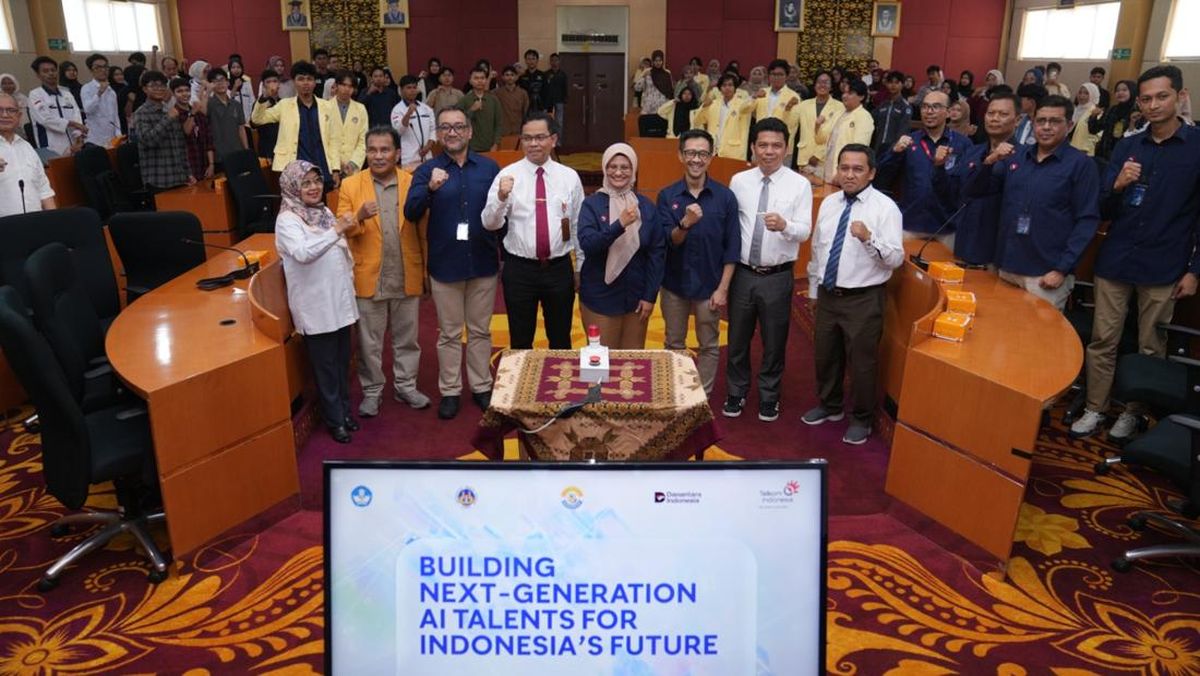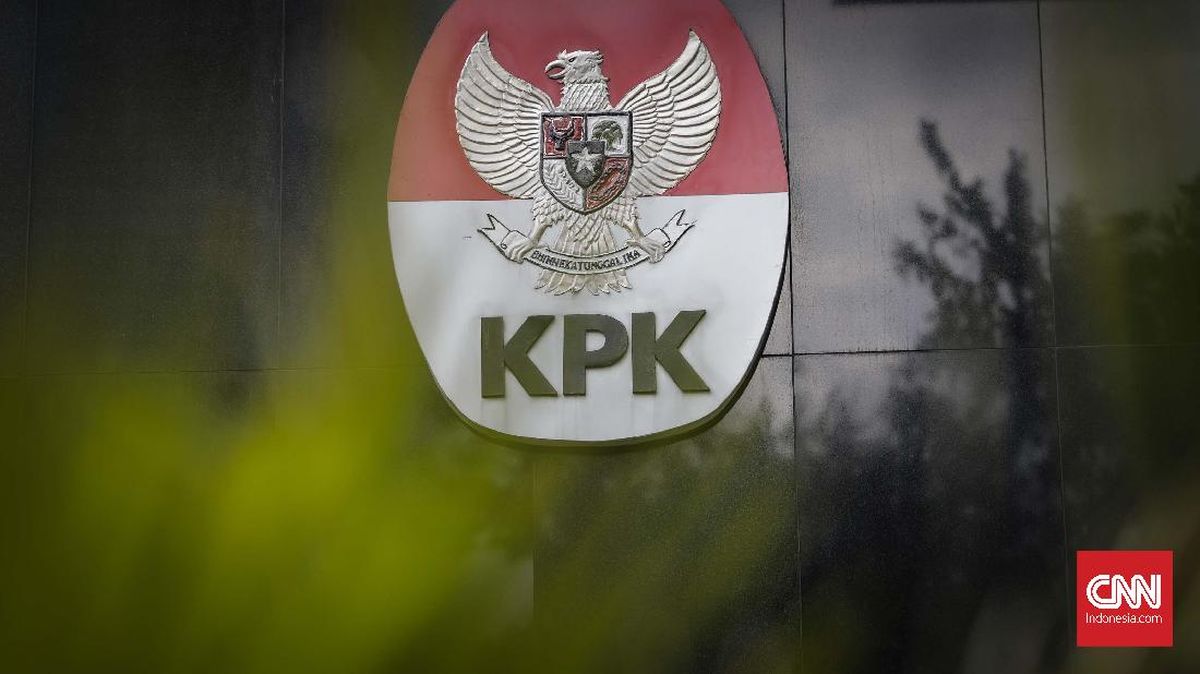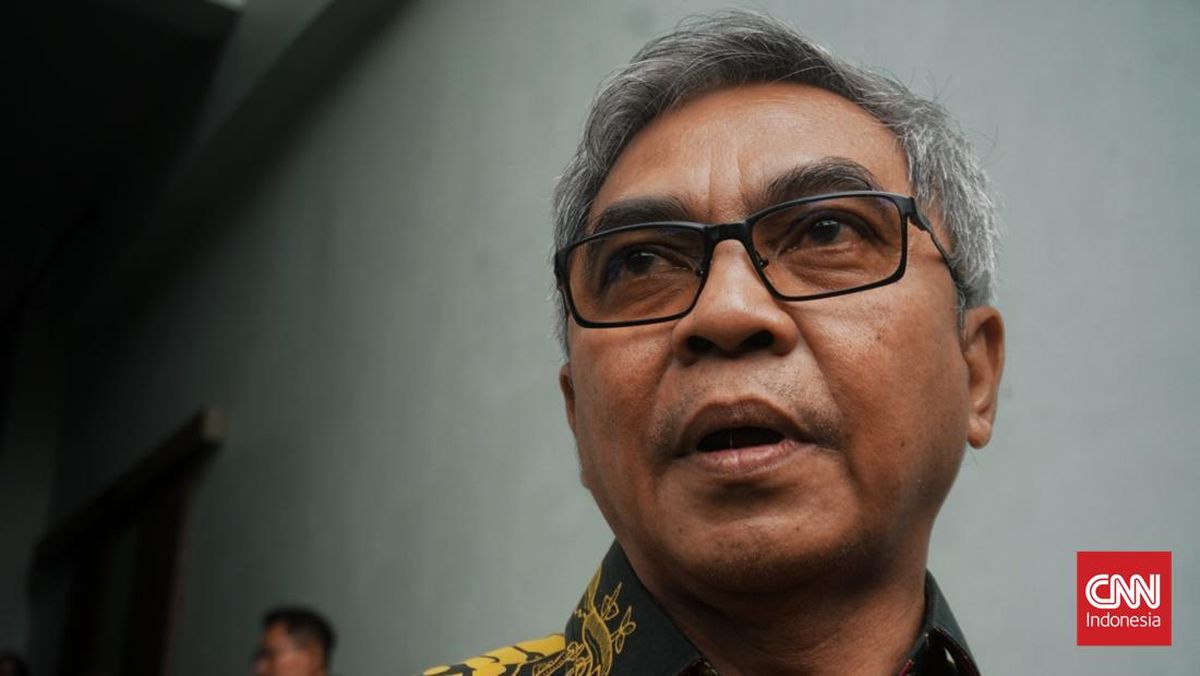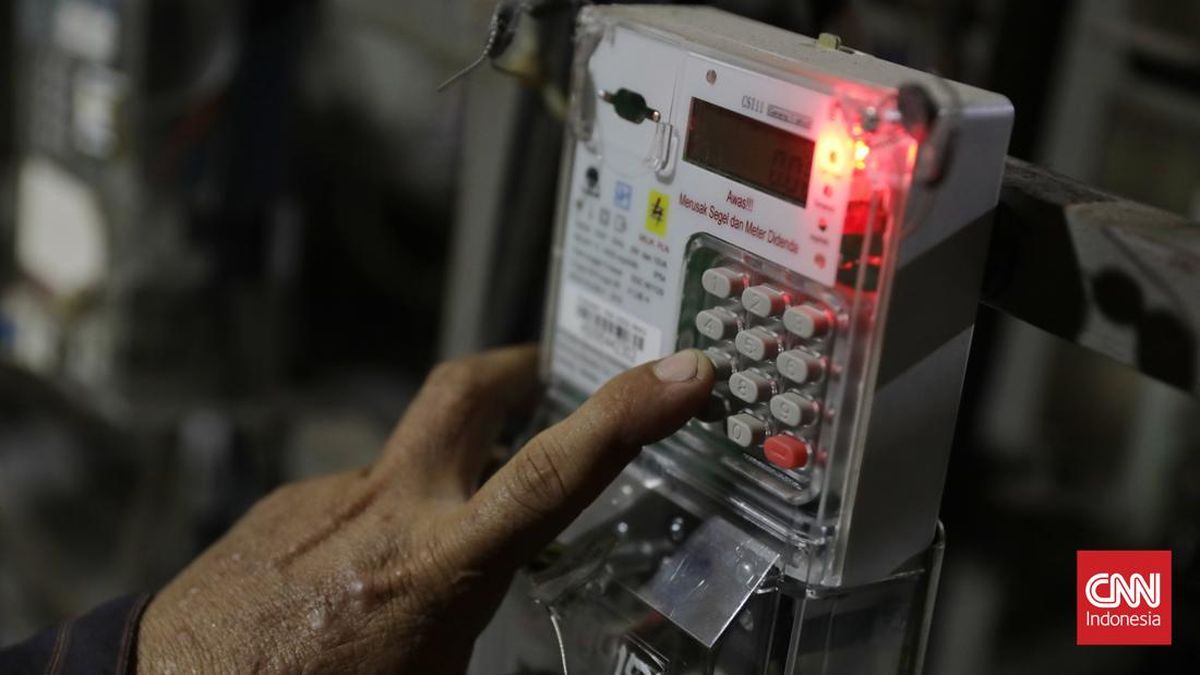Brought to you by BULLS N’ BEARS
By Rowena Duckworth
October 28, 2025 — 1.41pm
Litchfield Minerals has lit up an eye-catching geophysical conductor at its Oonagalabi copper-zinc project near Alice Springs, confirming a serious mineralised system that could be far larger than first thought.
Recent downhole electromagnetic (DHEM) surveys show a powerful conductor sitting directly up-dip from drill hole OGRC011, where two thick zones of copper-zinc sulphides were intersected between 199m and 256m. The latest results suggest that hole may have only “clipped the edge” of the system, with the most conductive – and likely richest – section lying 35 metres up-dip and still begging to be drilled.

Litchfield Minerals drilling at the Oonagalabi Project in the Northern Territory.
The conductor stretches more than 400m in length and plunges over 120m deep, but Litchfield says the target is so strong that it is “too large” for the survey loop to capture in full – a nice problem to have.
The company says the geometry of the conductor suggests a structural control to the mineralisation with a potential folding or remobilisation of the sulphides that have concentrated along a conductive shear or hinge zone. This interpretation aligns with the broader Oonagalabi corridor where copper-zinc mineralisation extends over more than 3km at surface.
The initial hole already delivered a whopping 168 metres of intermittent sulphides, including two thick zones of semi-massive to massive sulphides. containing pyrrhotite, chalcopyrite, and sphalerite – the key minerals associated with copper-zinc deposits.
‘These DHEM results are the confirmation we’ve been waiting for...’
Litchfield Minerals Managing Director Matthew PustahyaA new high-priority hole, 35m up-dip, is already being planned to punch straight into the heart of the modelled VT2 conductor. DHEM data points to a thick, steeply dipping sulphide lens that fattens toward the southeast – all the hallmarks of a serious copper-zinc system.
The company says the new hole will be completed during the upcoming Bullion drilling campaign scheduled for early November. Induced Polarisation (IP) and ground EM surveys have also been scheduled over the next month to further refine the VT2 target and allow for further optimal drillhole testing.
Managing Director Matthew Pustahya says the DHEM results “light up” exactly the zone the company was looking for.
He said; “These DHEM results are the confirmation we’ve been waiting for. The OGRC011 hole appears to have ‘clipped’ the edge of the system, however, these downhole electromagnetic results provide insight that it’s appearing to be large. The model now highlights a thick, highly conductive interpreted sulphide body extending directly up dip, indicating we’re vectoring straight toward the core of what our first drill hole suggests is a large, continuous semi-massive or massive sulphide system.”
Oonagalabi lies 120km northeast of Alice Springs in the Aileron Province’s Strangways Metamorphic Complex – a region already known for hosting rich polymetallic deposits. The project covers a 3km by 0.5km mineralised corridor, and geophysics suggests mineralisation extends down to at least 500m.
The area was first explored way back in the 1970s and the early 1980s with some drilling and geophysical surveys, but intriguingly, no further exploration was initiated until Litchfield completed its grab of Oonagalabi in October last year.
With IP and ground EM surveys now rolling, Litchfield appears to be zeroing in on what could be a large, continuous copper-zinc system in one of the NT’s most underexplored districts.
Is your ASX-listed company doing something interesting? Contact: [email protected]
Most Viewed in Business
Loading


















































